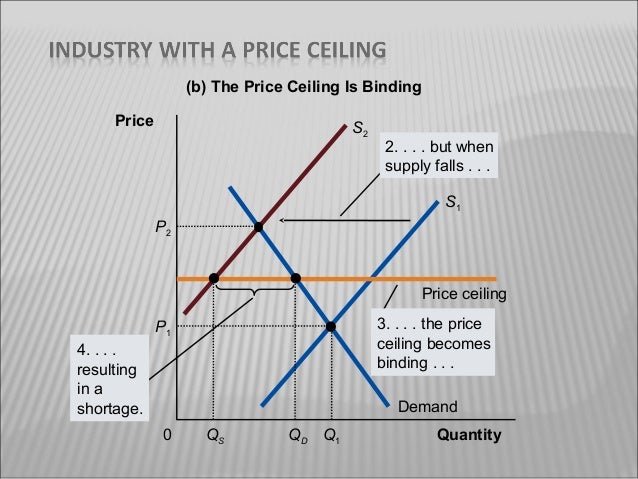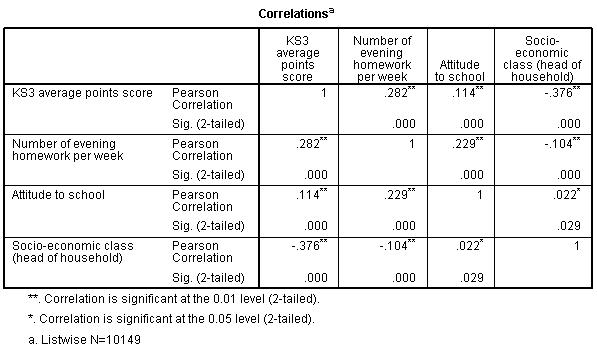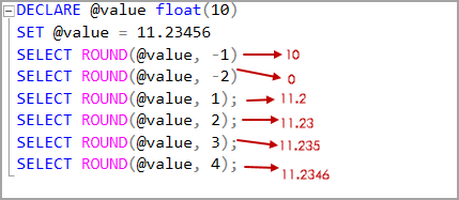Floor And Ceiling Effects In Statistics

Ceiling effects and floor effects both limit the range of data reported by the instrument reducing variability in the gathered data.
Floor and ceiling effects in statistics. This could be hiding a possible effect of the independent variable the variable being manipulated. A ceiling effect can occur with questionnaires standardized tests or other measurements used in research studies. In research a floor effect aka basement effect is when measurements of the dependent variable the variable exposed to the independent variable and then measured result in very low scores on the measurement scale. If it exists in your test or survey it becomes a problem when you re trying to compare two groups with a hypothesis like group a s mean will be higher than group b s.
Limited variability in the data gathered on one variable may reduce the power of statistics on correlations between that variable and another variable. In layperson terms your questions are too hard for the group you are testing. An artificially low ceiling is created that is easy to achieve. This is even more of a problem with multiple choice tests.
There is very little variance because the floor of your test is too high. Usually this is because of inherent weaknesses in the measuring devices or the measurement scoring system. The ceiling and flooring effects of more than 15 were. The floor effect is what happens when there is an artificial lower limit below which data levels can t be measured.
For example the distribution of scores on an ability test will be skewed by a floor effect if the test is much too difficult for many of the respondents and many of them obtain zero scores. A ceiling effect happens when your questionnaire or test components problems aren t hard enough. Let s talk about floor and ceiling effects for a minute. A floor effect is when most of your subjects score near the bottom.
The ceiling and flooring effects were calculated by percentage frequency of lowest or highest possible score achieved by respondents. What is the ceiling effect. In statistics a floor effect also known as a basement effect arises when a data gathering instrument has a lower limit to the data values it can reliably specify. The lower limit which affects dependent variables is referred to as the floor and can badly skew a data distribution if not accounted for.



















